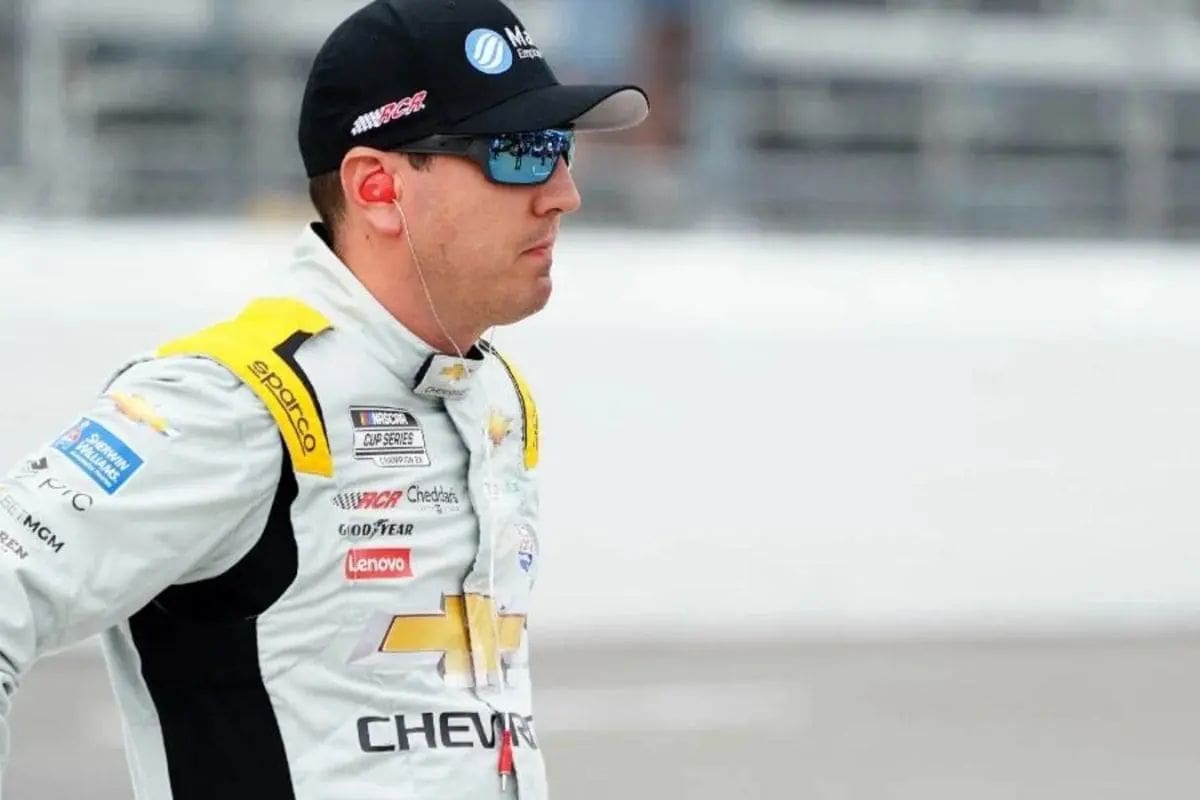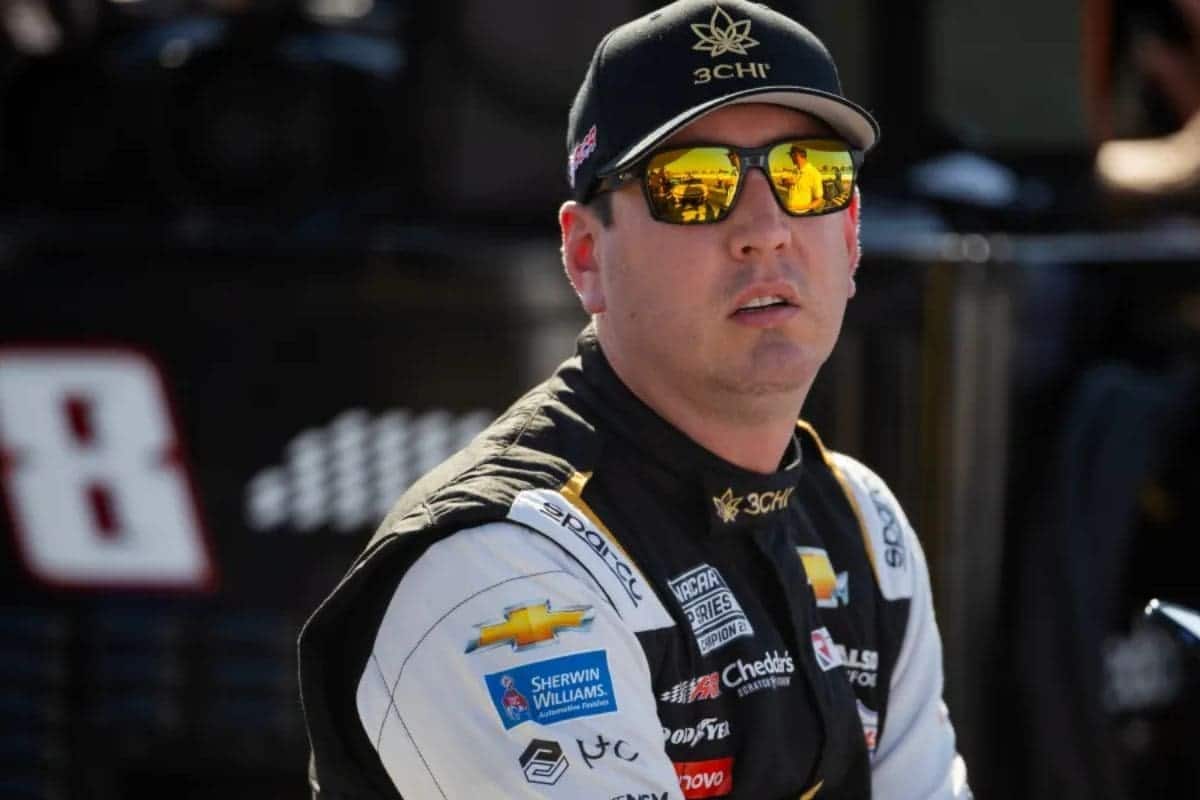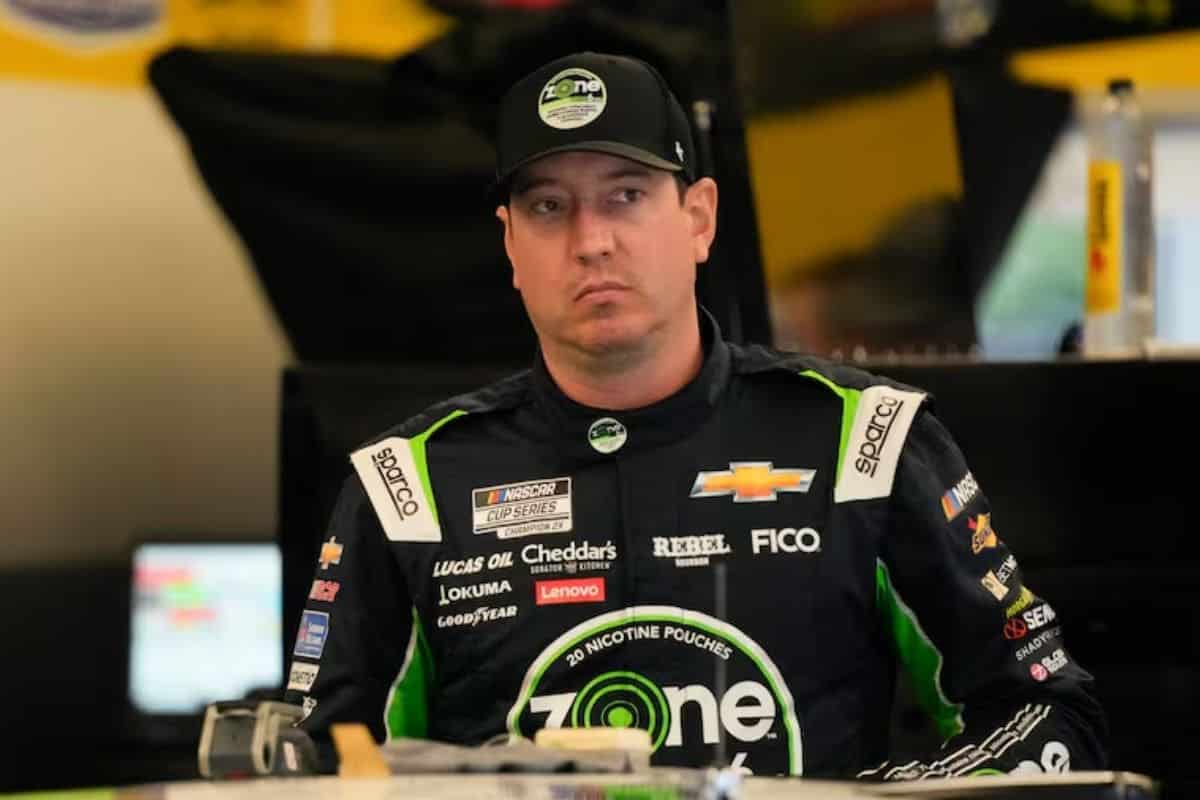Kyle Busch’s Secret to Master Pocono Raceway highlights the importance of Turn 1 in achieving peak lap times. By identifying exact braking zones and initiating early throttle application, Busch aims to harness maximum speed and car stability. His strategy doesn’t just end at Turn 1; mastering Turn 3 is equally essential for achieving a well-balanced vehicle throughout the tri-cornered track. This dual-focus on skillful finesse and precision driving emphasizes why Busch is a strong contender.
Key Highlights
- Kyle Busch emphasizes mastering Turn 1 with precise braking and early throttle application for optimal speed.
- Turn 3 requires a smooth and consistent line to ensure stable car handling and lap time efficiency.
- Mastering Turn 1 and Turn 3 provides a competitive edge through Pocono’s unique tri-cornered layout.
- Effective car setup and driver feedback are crucial for driving Pocono’s varying banking degrees.
- Strategic tire management and fuel conservation are essential due to Pocono’s long straights and demanding turns.
Kyle Busch’s Strategy for Pocono: Mastering the Tricky Triangle
Approaching Pocono Raceway’s notorious ‘Tricky Triangle,’ Kyle Busch focuses on optimizing his speed and precision through its three distinct turns, with particular emphasis on mastering Turn 1 and Turn 3 for a competitive edge. Busch, an experienced veteran with 36 previous Cup Series starts at Pocono, understands the crucial importance of each corner but places heightened significance on Turn 1 and Turn 3, recognizing their pivotal role in crafting a fast lap.
Turn 1, characterized by its steep banking, demands an assertive entry and a controlled exit to capitalize on the momentum carried down the Long Pond Straight. Busch’s strategy involves precise braking points and an early throttle application to maintain high speeds. This approach not only boosts his lap time but also positions him advantageously for overtaking opportunities heading into the remaining segments of the track.
Conversely, Turn 3, with its minimal banking, requires a different technique. Here, Busch emphasizes a smooth and consistent line, ensuring that the car remains stable as it shifts onto the front stretch. The exit from Turn 3 is crucial, as it sets the tone for speed down the front straightaway, ultimately impacting lap performance as a whole. Busch’s skill in modulating throttle and steering inputs in this corner highlights his adaptability and proficiency.
Pocono Raceway has three very distinct corners and you need to be fast in each one in order to have a fast race car and to have a good day. I would say the biggest compromise between turns is Turn 1 and Turn 3.” – (busch)
The Great American Getaway 400: Pocono Raceway’s Unique Challenge
Pocono Raceway’s unique tri-cornered layout stands as a formidable challenge for drivers in The Great American Getaway 400, requiring exceptional skill and planning to drive its demanding turns. Unlike any other track on the NASCAR circuit, Pocono’s 2.5-mile layout, often referred to as the ‘Tricky Triangle,’ features three distinct turns, each with its own degree of banking—6°, 8°, and 14°—making it a unique challenge that tests a driver’s adaptability and accuracy.
The race, covering 400 miles across 160 laps, demands a high level of technical expertise. Each corner at Pocono imitates a turn from a different renowned racetrack, adding complexity that drivers must master to achieve competitive lap times.
| Turn | Banking Degree | Comparable Track |
|---|---|---|
| Turn 1 | 14° | Trenton Speedway |
| Turn 2 | 8° | Indianapolis Motor Speedway |
| Turn 3 | 6° | Milwaukee Mile |
Success at Pocono requires more than just speed; strategic tire management and fuel conservation play vital roles, as the long straights allow for significant drafting opportunities that can alter the race dynamics. Teams must also fine-tune their car setups to handle the varied demands of each corner, balancing the need for speed on the straights with the agility required to drive the turns.
Driver feedback indicates that effective communication with the crew chief and engineers is essential. Adjustments to the car’s handling can make or break a race strategy, particularly in the final stages where pit stop efficiency and tire wear become decisive factors.
Kyle Busch’s Pursuit of Playoff Qualification
Kyle Busch’s pursuit for playoff qualification heightens as he aims to utilize his extensive experience and past successes at Pocono Raceway to secure an important victory. Positioned outside the playoff cutline as NASCAR enters its 21st race of the regular season, Busch’s urgency to clinch a spot is noticeable. His four previous victories at Pocono (2017, 2018, 2019, and 2021) highlight his skill at the ‘Tricky Triangle,’ making him a formidable contender.
Busch’s deep knowledge of Pocono’s unique three-turn layout enables him to manage the subtleties of each corner with precision. His ability to push the limits while maintaining control gives him an edge in overtaking competitors and securing advantageous positions.
Effective communication with his crew chief and pit team is essential for optimizing pit stops and in-race adjustments.
Kyle Busch’s Season Challenges
Amid a season marked by promise and disappointment, Busch’s resilience has been tested by a series of challenges that have shaped his path. Reflecting on his current standings, Busch has faced a mix of highs and lows. Despite achieving six top 10 finishes and two top 5 finishes, his performance has been tainted by inconsistency, evidenced by four Did Not Finish (DNF) results. These setbacks have unquestionably tested his mettle and highlighted the unpredictable nature of NASCAR racing.
Busch’s frustration is noticeable, yet his resolve remains steadfast. His ability to secure a pole position highlights his potential to dominate qualifying sessions, but turning these starts into consistent, race-day success has proven elusive. This contrast between potential and performance is a narrative familiar to many seasoned drivers, but Busch’s approach to overcoming these obstacles is what sets him apart.
As he eyes a vital victory at Pocono Raceway, Busch’s focus is on harnessing every ounce of his racing expertise. The unique challenges posed by Pocono’s tri-oval layout, particularly the crucial corner that can make or break lap times, are well within his skill set. His strategy will rely on precision driving and strategic intelligence to mitigate the impact of any mid-race adversities.
“I’ve stopped keeping track. It’s been so dismal and so heartbreaking that I have a hard time dealing with enough stuff in my life that every Sunday to keep adding to it is getting harder and harder to deal with. But [we] just have to keep going on into the next week and keep fighting on, and fight the good fight to try to score a win.” – (busch)
News in Brief: Kyle Busch’s Secret to Master Pocono
Mastering Turn 1 at Pocono Speedway is crucial for achieving prime lap times, as emphasized by Kyle Busch. By concentrating on accurate braking and early throttle application, Busch aims to gain a competitive advantage.
Furthermore, mastering Turn 3 is vital for maintaining stable car handling. These key insights emphasize the importance of expertise and precision driving in excelling at Pocono’s challenging tri-cornered track, highlighting the delicate balance required for successful performance in NASCAR.
ALSO READ: Kyle Busch Could Derail Bubba Wallace’s Playoff Hopes as Second Appearance Nears




